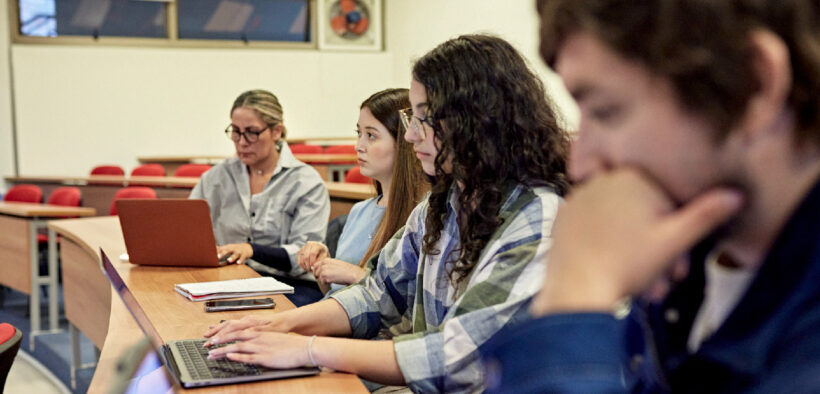The flipped class is one of the hottest topics in the teaching field today. In a traditional course, students get the learning content through an in-class lecture and then work with that content outside of class as homework. The problem is that if students have trouble with homework problems, they get stuck and never progress through the homework or, at minimum, do not get help until the next class. Flipped teaching thus turns around the traditional order around by having students encounter the lecture content outside of class online in the form of videos or other material, allowing class time to be devoted to application activities for which the instructor is on hand to help students through their problems.
The Flipped Class: Problems and an Alternative Approach

Related Articles
I have two loves: teaching and learning. Although I love them for different reasons, I’ve been passionate about...
Active learning is a mostly meaningless educational buzzword. It’s a feel-good, intuitively popular term that indicates concern for...
Perhaps the earliest introduction a student has with a course is the syllabus as it’s generally the first...
Generative AI allows instructors to create interactive, self-directed review activities for their courses. The beauty of these activities...
I’ve often felt that a teacher’s life is suspended, Janus-like, between past experiences and future hopes; it’s only...
I teach first-year writing at a small liberal arts college, and on the first day of class, I...
Proponents of rubrics champion them as a means of ensuring consistency in grading, not only between students within...







